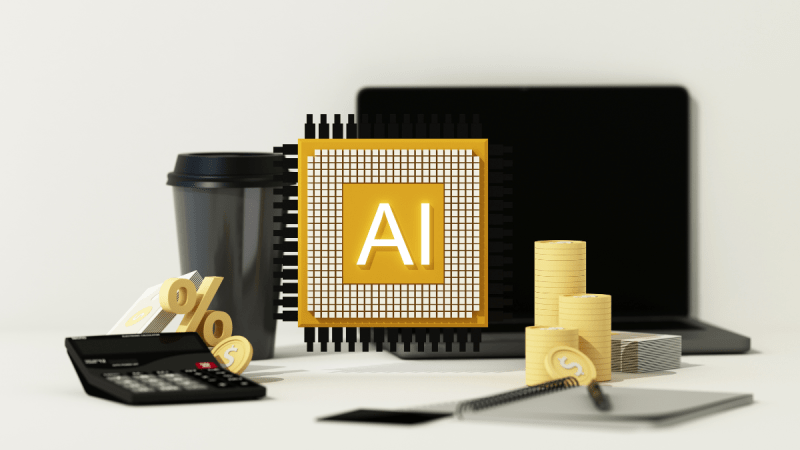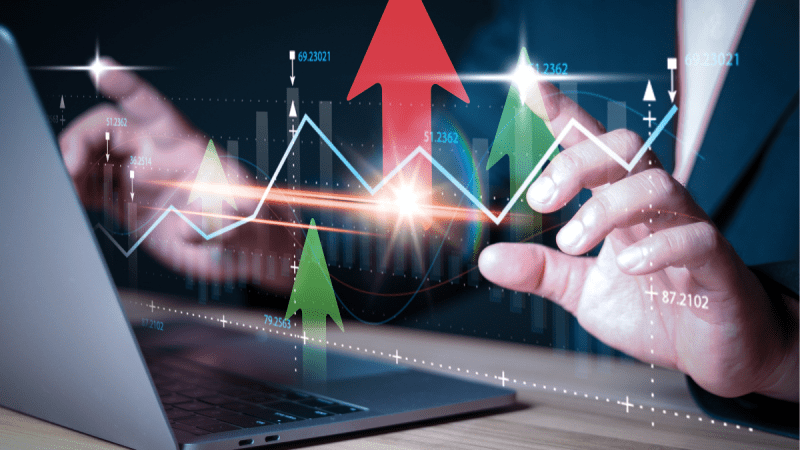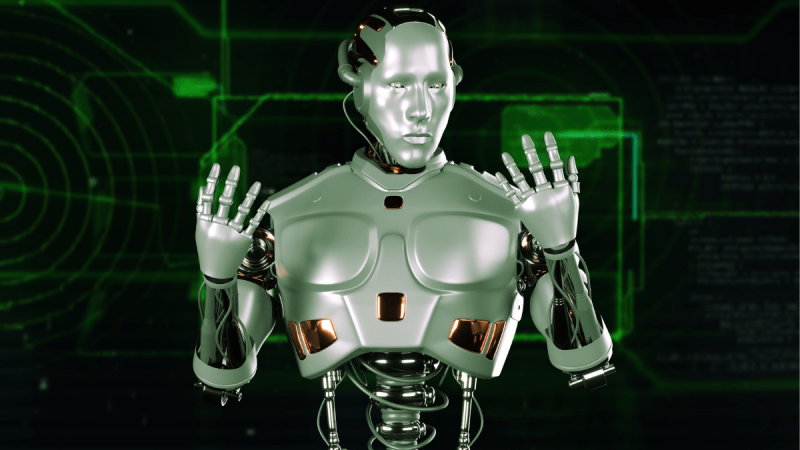The Impact of AI in Influencer Marketing: What Brands Need to Know

The Impact of AI in Influencer Marketing: What Brands Need to Know
AI in influencer marketing isn’t just about fancy tools—it’s about helping brands work smarter. Instead of chasing big numbers, marketers now focus on real creators and what clicks with audiences. Platforms like Hobo. Videos are quietly weaving AI into the process, making it easier to find the right influencers and plan better campaigns without overcomplicating things.
1. What is Influencer Marketing and How AI is Changing the Game
Influencer marketing is simply about brands teaming up with individuals who have established trust within their communities. It’s not just about promotion—it’s about connection. Brands no longer have to guess whether a collaboration will work. AI in influencer marketing has made it easier to spot authentic creators who truly resonate with their audience, taking the guesswork out of the equation. It used to involve hours of profile-stalking and guesswork. Today, AI changes the pace. It filters the noise, spots fit over fame, and brings precision to a process that was once mostly instinct-driven.
1.1 Smarter Influencer Discovery
Forget follower counts. AI now digs deeper—analyzing behavior patterns, audience interests, and content themes. Brands can partner with creators who align with their tone and mission, not just those with a viral post. Agencies leveraging tools like Hobo. Video, Kofluence are applying machine learning to identify creators who fit niche brand categories.
1.2 Predictive Campaign Analytics
Why gamble? With historical data on hand, AI tools offer reasonable predictions around reach, clicks, and conversions. This isn’t crystal-ball magic—it’s smart budgeting with fewer surprises.
1.3 Automation of Repetitive Tasks
Repetitive processes like outreach emails and performance summaries can now be handled by software. This means more time for real strategy and less time on spreadsheets.
2. Benefits of Using AI in Influencer Marketing
AI in influencer marketing isn’t just hype—it’s working. A 2025 study shows 66% of marketers saw better results with AI, while only 2% saw worse. Tools like Hobo. Video uses AI to match brands with the right creators, making campaigns smarter and more effective.
2.1 Insight-Driven Decision Making
AI helps decode which content truly works. Marketers can spot trends, audience preferences, and emotional reactions to craft campaigns that resonate.
2.2 Scalable Personalization
Campaigns can now feel local, even at a global scale. AI helps tweak content for different regions, languages, and subcultures without losing coherence or control.
2.3 Greater Cost and Time Efficiency
Brands that adopt AI don’t just move faster—they save money while doing it. With less manual effort, teams can launch more experiments and fine-tune as they go.
3. Real-World Examples: How Top Brands Use AI in Influencer Campaigns
To better understand the impact of AI, let’s dive into some AI influencer marketing case studies, like how L’Oréal and Nike leveraged AI to enhance their campaigns.
3.1 L’Oréal: Smarter Influencer Matching
L’Oréal’s AI engine analyzed past campaign data to pair niche creators with specific products like Matte Addiction Lipsticks, cutting campaign costs by 27% and boosting CTR by 35%.
3.2 Nike: Hyper-Localized Micro-Influencer Strategy
Nike used predictive AI to identify local fitness influencers in Tier 2 cities and delivered culturally tailored scripts, resulting in a 48% jump in Nike Run Club app installs.
3.3 Coca-Cola: Fake Influencer Detection
Coca-Cola’s AI tool flagged over 300 fake influencer profiles through deepfake and bot activity scans. Authentic creators drove 60% higher engagement post-cleanup.
3.4 Unilever: AI-Driven Diversity Audits
Unilever used AI to evaluate inclusivity in Dove and Sunsilk campaigns. Improved representation led to a 21% rise in brand sentiment and positive public recognition.
4. Key Challenges of AI in Influencer Marketing
Like any tool, AI isn’t perfect. Brands should proceed with curiosity and caution.
4.1 Over-Reliance on Algorithms
AI lacks the human touch. It can’t grasp sarcasm, subtext, or emerging cultural vibes. That judgment still belongs to marketers.
4.2 Data Privacy and Compliance
Using large data sets means playing by the rules. Missteps in data usage can quickly turn into PR disasters if not handled with care.
4.3 Creative Saturation and Homogeneity
Relying on performance history too heavily can lead to bland, repetitive campaigns. Creativity shouldn’t take a backseat to convenience.
5. How AI Enhances Brand-Creator Collaboration
Beyond selection and performance, AI is helping fine-tune how brands and creators work together.
5.1 Smarter Contracting
Contract tools powered by AI can cut negotiation times by automating routine legal checks, making deals quicker and clearer.
5.2 Real-Time Performance Monitoring
Instead of waiting until a campaign wraps up, brands can adjust strategies. Mid-campaign pivots now feel less risky, more calculated.
5.3 Authenticity Verification
Engagement pods, fake followers, and inflated stats? AI spots them fast, helping brands back the right voices, not the loudest ones.
6. What the Future Holds for AI in Influencer Marketing
We’re only scratching the surface. AI will continue evolving, but the heart of influencer marketing will still be about connection.
6.1 AR Meets AI
Soon, AI-powered AR will let users interact with products directly through influencer content, like virtually trying on clothes or makeup before buying.
6.2 Voice and Visual Search Optimization
As search habits evolve, influencers will start optimizing for voice commands and image searches. AI will help content stay relevant across new platforms.
6.3 Hyper-Contextual Campaigns
AI will enable content that adapts in real-time to what’s trending socially and culturally, offering personalization that feels intuitive, not intrusive.
7. Top AI Agencies Driving Innovation in Influencer Marketing
Some agencies are already setting the bar for how to do AI-driven influencer marketing right.
7.1 Hobo.Video
This India-based agency leads with regional insight and AI-powered precision. With a massive creator network and a focus on authenticity, they’re redefining how niche audiences are reached.
7.2 Influencity
Influencity helps brands go beyond surface stats, offering detailed influencer data and reporting that supports smarter decisions at every stage.
7.3 Modash
Specializing in micro-influencer vetting, Modash ensures creators are genuine, and their followings are, too. Their global reach makes them a strong pick for cross-border campaigns.
Conclusion
AI is pushing the boundaries of influencer marketing—not by taking over, but by giving people the tools to do their jobs better. Brands that embrace this technology will gain a competitive edge, with more precise insights and stronger campaign results. But those who forget the importance of human connection, originality, and trust will struggle to stand out. The future isn’t just data-driven—it’s emotionally intelligent, too.
2025 and beyond will belong to brands that blend innovation with authenticity—and let creators tell stories that truly connect.
Author Bio-
Ansh Patel is a writer with a strong background in influencer marketing. He specializes in crafting strategic, growth-driven content for brands, drawing from hands-on experience at a leading influencer marketing agency. His work focuses on blending creativity with data to help businesses scale in the digital space.






